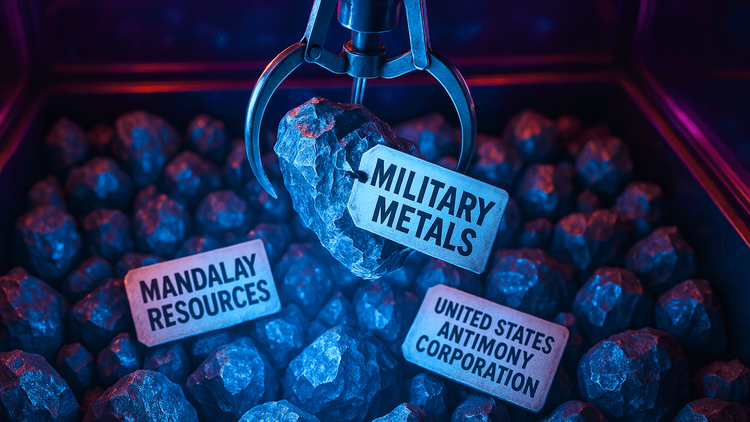US House Passes Landmark Critical Mineral Consistency Act of 2024
A transformative bill aligns critical minerals policy to secure America's clean energy future and strengthen global competitiveness.

The Critical Mineral Consistency Act of 2024 has passed the US House of Representatives with bipartisan support, marking a significant milestone in America’s efforts to bolster its mineral supply chain and energy independence. The bill, which amends the Energy Act of 2020, aims to redefine and expand the list of critical minerals vital for national security, economic resilience, and clean energy technologies.
“Critical minerals are essential for our economy, national security, and clean energy technologies,” stated Arizona Congressman Juan Ciscomani, who sponsored the legislation. He emphasized that the Act will align the critical minerals lists maintained by the Department of Energy (DOE) and the US Geological Survey (USGS), ensuring a unified approach to identifying and prioritizing strategic resources.
What Does the Critical Mineral Consistency Act Do?
The Act modifies the existing Energy Act of 2020 by broadening the definition of critical minerals to include those designated as critical materials by the DOE. This ensures that minerals essential to the DOE’s energy strategies are also recognized by the USGS, providing a cohesive framework for supply chain security.
Under the new legislation, the USGS must update its critical minerals list within 45 days of any addition by the DOE. This provision addresses supply chain vulnerabilities by swiftly responding to emerging needs in the energy and manufacturing sectors.
Why Critical Minerals Matter
Critical minerals play a pivotal role in powering the clean energy transition, electrifying transportation, and supporting advanced manufacturing. They are also integral to defense technologies and economic stability, making a secure supply chain a national priority.
Copper, for example, is crucial for electrification and renewable energy projects. The addition of copper, along with silicon, silicon carbide, and electrical steel, to the critical minerals list underscores the growing demand for these materials in infrastructure and clean energy systems.
Key Provisions of the Act
- Integration of DOE Materials: Ensures parity between DOE and USGS lists.
- FAST-41 Permitting: Makes critical mineral projects eligible for expedited environmental reviews under the FAST-41 process, enhancing efficiency in project approvals.
- Support for Domestic Mining: Encourages mining, refining, and recycling within the US, reducing reliance on foreign imports.
Bipartisan Collaboration Drives Progress
The bill’s passage was made possible by bipartisan support, highlighting the shared recognition of critical minerals’ strategic importance. Congressman Ciscomani’s leadership, combined with contributions from both Republicans and Democrats, underscores a unified commitment to strengthening America’s mineral supply chains.
Boosting Domestic Mining and Manufacturing
The Act also addresses the challenges of permitting delays that have long hindered domestic mining. By incorporating critical mineral projects into the FAST-41 permitting process, the legislation promises a more predictable and efficient framework for approvals. This is expected to invigorate the domestic mining sector, stimulate job creation, and support sustainable practices.
The Copper Connection
Copper’s inclusion in the critical minerals list is a significant development. “This vote highlights copper’s essential role in powering America’s energy future, electrifying transportation, creating jobs, and strengthening infrastructure,” said Copper Development Association CEO Adam Estelle. This recognition aligns with the nation’s push for cleaner energy and advanced technology adoption.
Clean Energy and Global Competitiveness
As the US seeks to reduce its dependence on foreign mineral imports, this legislation positions the nation as a global leader in critical mineral production. By promoting domestic mining and recycling efforts, the Act strengthens supply chain resilience and enhances America’s competitiveness on the global stage.
Challenges Ahead
While the Act has received widespread support, concerns remain. Some mining groups have criticized proposals for mineral royalty payments, arguing they could stifle industry growth. Balancing streamlined permitting with rigorous environmental standards will also require careful oversight.
What’s Next?
The bill now heads to the Senate, where further debates and potential amendments are expected. If approved, the legislation could be enacted within months, setting a new standard for critical mineral policies in the United States.
Conclusion
The passage of the Critical Mineral Consistency Act of 2024 is a decisive step toward securing America’s energy future and economic resilience. By prioritizing critical minerals, the US is not only strengthening its domestic supply chains but also positioning itself as a leader in clean energy and global competitiveness.






